
Name: Tom Reddock aka Buffalo
Born: The second day of 1939
Place of birth: Pacific Grove, California, Planet Earth, Galaxy Milky Way.
Occupation: Somnambulist
Preoccupation: Sonic Sculptor
Musical Influences:
The thumb-bell of a passing bicycle in May of 1958, on a gravel street in New Koza, Okinawa – in that moment my ears were opened; an early morning wind through the short stubby pines in the mountains above Death Valley; an utter silence so complete it made the ears ache, on the floor of Death Valley at 12:43 PM on Thursday, the 12th of June, 1969; distant thunder; Clifford Brown; a soft forest rain in the Sierra Nevada Foothills; 43,000 people cheering at a SF Forty Niners game in 1966; Ben Webster; Hank Meals laughing; e. e. cummings; a distant train whistle; Harry Partch; a Redwinged Blackbird on a 1951 hot July afternoon in Sacramento; a human heart beat; John Cage; the river at the Second Campsite on Oregon Creek in 1974; John Coltrane; the majesty of the Daibutsu in Tōdai-ji, Nara, Japan, where the Sika deer roam freely and eat passively from your hand.
Listen carefully, the universe is singing.
It’s
all
music.
On Sonic Sculpture
“Wherever we are, what we hear is mostly noise. When we ignore it, it disturbs us. When we listen to it, we find it fascinating. The sound of a truck at 50 m.p.h. Static between the stations. Rain. We want to capture and control these sounds, to use them, not as sound effects, but as musical instruments.”
John Cage said this two years before I was born. I was unaware of him at the time. More than sixty years will have passed before I had emerged into this life, become aware of the music of the world around me, grown old, and, finally, read his words. He was sure of himself. When his audience severely criticized him after the first performance of his silent piece, 4’33”, he brushed the criticism off saying it was “because they didn’t know how to listen”. He was right. To listen one must focus one’s attention. We don’t like doing that. We prefer listening as a passive act, being entertained. True listening requires opening the doors to one’s imagination. One must dive in, swim, build, invent, respond, surrender. What is called “popular” music is not meant to be received in that way. It is a backdrop to our busy lives with sometimes catchy lyrics and rhythms. It is not meant to be an artistic form. To listen to Cage’s 4’33” one must be completely present, open and receptive. In general, our society is not prepared to do that. John Cage saw society as "one of the greatest impediments an artist can possibly have" to creating good art. But he didn’t let that stop him. He went his own way; did his own thing. And we are all better off for it.
I grew up with jazz music. To appreciate jazz one must listen openly and freely and participate emotionally and intellectually. To follow the spontaneous creation of melody and rhythm there is no room for the barriers of predetermined form. Accept it as it comes, absorb it, and then later, if you must, criticize it. It is still music. But what does that mean? What is music?
Music is the most abstract of the arts, without physical form, feel, color, taste or smell. Music is sound. Sound and silence. Some want it to be organized sound. Some want the sounds to be tuned to a predefined scale. The preferences are as endless as the cultures and attitudes that impose them. Is the song of the Redwinged Blackbird music? Absolutely! Does it conform to the diatonic scale? Is it in ¾ time? Of course not, but it is most certainly music, and music of the highest order. How about church bells? Is that music? Certainly! Then how about the sound of the flapping of the dove’s wings as they flock fly out of the tower when the bells suddenly ring? Yes, to me, the doves are a part of the music, as well as the distant train whistle and the brakes of the rickety bicycle as the old man brings it to a stop so that he can admire the flock of doves in flight while the great bells toll the hour. Music is sound. Sound is music.
In the sonic sculptures I strive to use the sounds of my life as musical instruments. I work to compose compositions with these sounds and with tonal lines and rhythmic sequences in somewhat the same manner that a traditional composer strives to use the instruments of an orchestra to create a symphony. Instead of snare drums I might use heart beats or the ticking of a clock. Instead of a string ensemble I might use wind in the trees, or a small stream. Instead of kettle drums and trombones I might use a jack hammer, a busy highway, or the roar of a city bus. For me, the environmental sounds add another dimension to the composition, a more human dimension, that evoke a deep memory which may be vague and unformed, but nonetheless familiar in a more personal way. This is just my way of hearing; my way of expressing the formless musical emotions that resonate within my imagination.
You can listen to and down load “Global Warning” and other compositions at www.myspace.com/sonicsculptures.
The CD “Big Buddha” is available at www.cdbaby.com/cd/reddock .






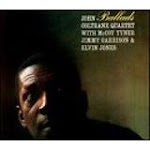
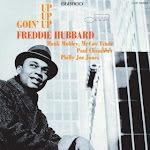


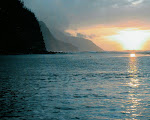










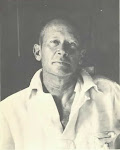


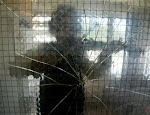













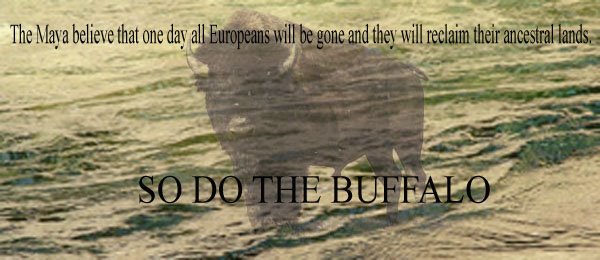
No comments:
Post a Comment